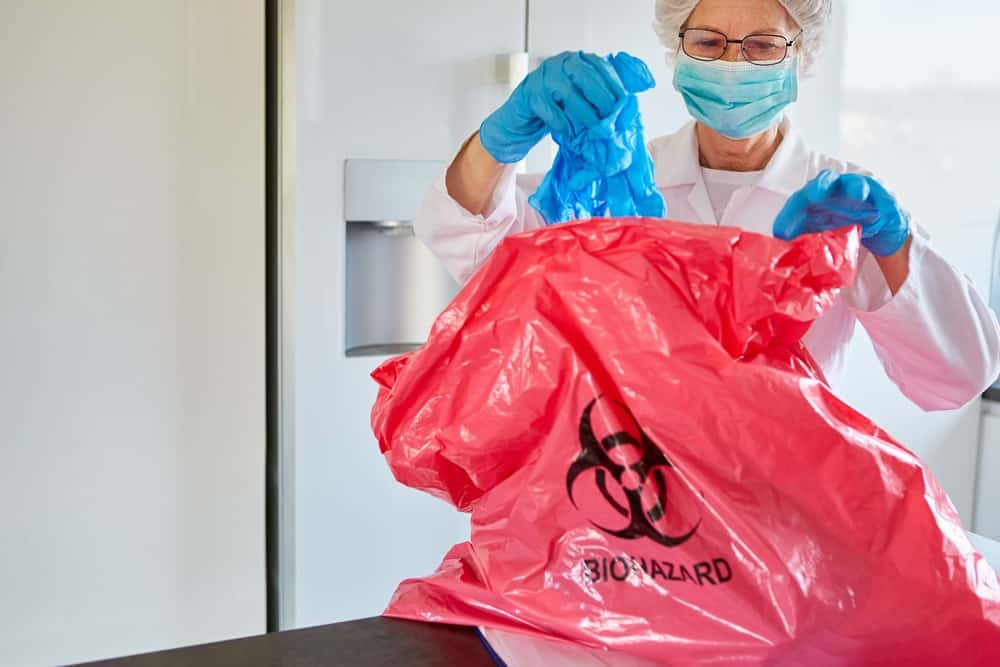There are many factors that go into how long a death cleanup takes, but every cleanup is different. With each death cleanup, there’s a chain of preventive measures taken to ensure the safety of the professionals cleaning up the scene, as well as maintaining the safety of the surrounding area. There are many unique factors that go into each scene cleanup.
A team of trained professionals will thoroughly assess each scene to identify the severity of the biohazard contamination before giving you an estimated cleanup time. Some of the most common causes of a scene taking an extended time to clean up include the manner of death, how messy the scene is, and how long the body was left before being discovered.
The Manner Affects How Long a Death Cleanup Takes
Biohazard removal specialists work to remove all the blood, bodily fluids, and other dangerous pathogens from a scene. A biohazard removal team works together to clean up all of the dangerous materials and restore the affected area to as close to what it was before the traumatic incident occurred. The team will work together to get rid of any waste, present biohazards, and any odor left over.

Suicides with small calbier weapons and tragic accidents typically only need a few hours to a day to cleanup. However, body decomposition, homicides, and suicides with a higher caliber weapon take longer to cleanup. This is because there’s more bodily fluids in the room where the death occurred. Industrial strength sanitization and disinfectants are used in a death cleanup to clean every single surface in a room.
The Time of Year
The time of year the death occurred plays a huge role in how long a death cleanup takes. During the warm summer months, decomposition happens at an accelerated rate compared to cooler weather. In further stages of the decomposition process, severe decomposition can reduce most of the body down to a liquid state. Liquid easily absorbs into porous materials, such as sub-flooring and walls. To completely eliminate the biohazardous risk, these portions of a home need to be removed.
Bug activity increases in warmer weather as well, which increases the containment area. Flies will eat at a decomposing body, fly around the home, and deposit the tissue on porous materials located in a different area of the home. The more bug activity there is, the more of the home will need to be remediated to avoid exposure to hazardous materials.
The Length of Time the Death Was Unattended
When an unattended death has happened, decomposition is often a contributing factor for an extended cleanup time. There are special processes put in place to clean up the pathology of a decomposing body, as well as the pest removal needed to eliminate all of the insects that often accompany decomposition. In addition, deodorizing is needed to restore the home back to the pre-incident state.
The longer a death is left unattended, the more damage there usually is to the home. It’s the job of the biohazard removal company to inspect the entire affected area and remove any contaminated and damaged areas of the home that can’t be properly restored.

Resolve Your Death Cleanup With Scene Clean Today
Every death scene is unique, which is why it’s important to hire a team of trained professionals for remediation work. Our trained team at Scene Clean will work to identify and remove all hazardous materials as quickly as they can, so you can get your home back to normal. If you’ve recently had an unattended death in your home and need to know how long to expect a death cleanup to take, contact Scene Clean today.






